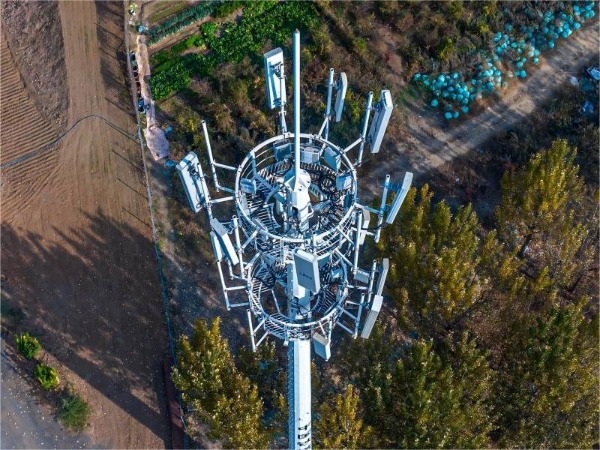Monopole towers are the sleek, space-saving backbone of modern telecom networks. But their slim profiles belie a complex engineering reality: compliance with global standards is non-negotiable. For tower operators and telecom providers, navigating the differences between China's GB standards and international IEC norms can feel like decoding a technical labyrinth.
This blog cuts through the complexity. Using a single, easy-to-digest comparison chart, we break down critical disparities in wind load requirements, safety factors, and acceptance protocols. Whether you're deploying towers in Shanghai or São Paulo, this guide ensures you build to last—and comply.
| Criteria | China GB 50135-2019 | International IEC 61400-6 |
|---|---|---|
| Wind Load Design | 28–55 m/s (6 wind zones) | 22.5–52.5 m/s (4 wind classes) |
| Safety Factor | ≥2.5 (ultimate strength) | ≥1.5–2.0 (load resistance) |
| Foundation Testing | Static load + 1.5x overload | Dynamic load simulation |
| Coating Inspection | ≥86μm HDG thickness (salt spray ≥1,000h) | ≥80μm HDG (ISO 1461) |
| Documentation | Full traceability (steel mill to site) | Risk assessment + FAT reports |
Divides China into 6 wind zones (28 m/s in inland areas → 55 m/s in coastal typhoon zones).
Mandates 1-in-50-year wind speed as baseline, with 1.1x multiplier for towers >60m.
Uses 4 wind classes (I to IV) based on 10-minute average speeds (22.5–52.5 m/s).
Requires turbulence intensity calculations for complex terrains (e.g., urban canyons).
Demands a minimum 2.5x safety factor for ultimate load capacity (e.g., tower must withstand 2.5x design wind load without collapsing).
Prioritizes redundancy for earthquake-prone regions.
Allows 1.5–2.0x safety factors, depending on failure consequences (e.g., towers near hospitals vs. rural areas).
Aligns with Eurocode's probabilistic load models.

Pre-construction: Steel mill certificates + welding procedure qualifications.
On-site: Static load tests (1.5x design load for 24h) + ultrasonic weld checks.
Post-build: Coating thickness measured at 20+ points per tower section.
Design Phase: Finite Element Analysis (FEA) validation + FAT (Factory Acceptance Testing).
Field Inspection: Spot checks on bolt torque (e.g., 30% of connections) + drone-based tilt surveys.
Build in China? Follow GB strictly—regulators prioritize compliance over cost savings.
Global Projects? IEC offers flexibility but may need localized tweaks (e.g., adding GB's corrosion checks in humid climates).
Hybrid Approach: For cross-border operators, blending GB's durability with IEC's risk-based models can optimize cost and safety.